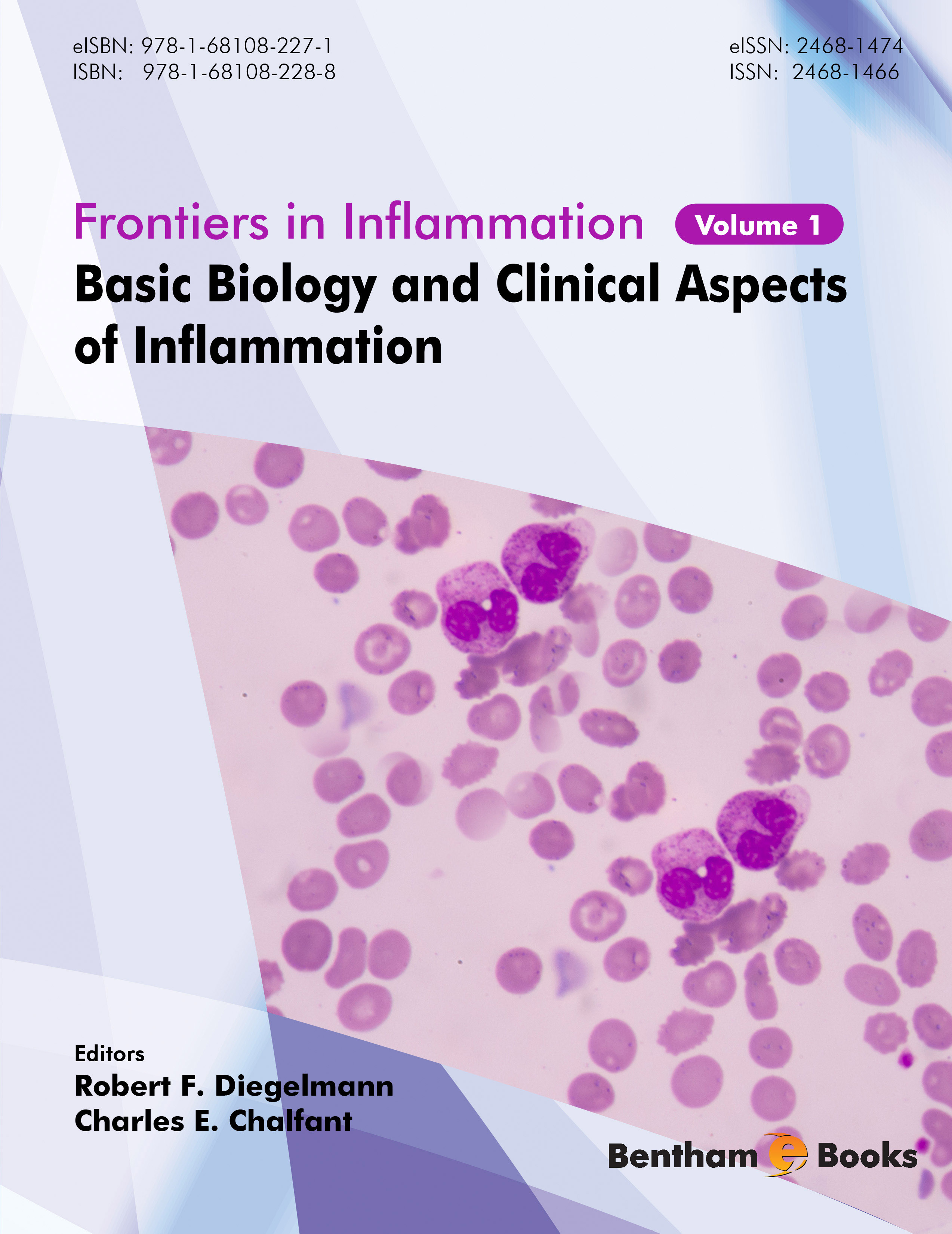In the post-genomic era, understanding inflammation and its intricate mechanisms is the final
frontier. While ancient physicians recognized inflammation’s cardinal signs as heat, redness,
swelling and pain centuries ago,the cellular and molecular players in this vital inflammatory
host response have only been elucidated for the most part in the last century. Today, it’s now
well appreciated that uncontrolled inflammation and excessivetissue levels of inflammatory
mediators play central roles in the pathogenesis of many widely occurring diseases throughout
the body and all its organs. At one time, the study of inflammation and inflammatory diseases
was confined to chronic inflammatory diseases such as rheumatoid arthritis, periodontal
disease and the like, while today it is commonly appreciated that neurodegenerative diseases,
cognitive decline, vascular diseases, asthma, obesity and many other widely occurring
diseases involve uncontrolled, recurrent bouts of inflammation. In order for us to gain and
harness new approaches to treat these diseases and appreciate the complexity of the
inflammatory response, it is essential for students, scientists and health care practitioners to
command a detailed appreciation of the cellular and molecular language of the inflammatory
response, the mediators and governance of this body defense system.
The acute inflammatory response is protective, many of the cell types, mediators and
mechanisms are known today, and the control of self-limited responses and the progression to
natural resolution and tissue homeostasis are beginning to be unraveled. As a major defense
mechanism, the innate immune response protects from bacterial invasion and is centered on
containment and killing of microbes for their elimination from the body. Hence, the
interrelationship between infection and inflammation is a battleground with language that
needs to be fully decoded and appreciated in order for us to gain advantage in treatment of
diseases where inflammation plays a critical component and hopefully translate into
protective practices in personalized medicine.
Inflammation and the controlled inflammatory response, namely its resolution, is thus linked
to many of life’s processes such as wound healing and aging, while an uncontrolled
inflammatory response is viewed today as the instigating mechanism underlying diabetes,
neurodegenerative diseases and neuroinflammation and likely many diseases, both sterile
injury from within and yet-to-be-described invaders, emphasizing the importance of the
inflammatory response and ongoinginflammation as maybe relevant in obesity, metabolic
syndrome and aging. The microbiome’s relationship to containment, infection and local tissue
inflammation in organs throughout the body remains to be fully decoded, and it is well
recognized that the stress of surgery and the local scalpel cut of the surgeon initiate
inflammatory responses and potentially (via occlusion of blood vessels with blood reflow)injury from within.
It is within the spirit of widely appreciating these cellular events, processes and mechanisms
that the editors, Drs. Diegelmann and Chalfant, have assembled this eBook containing major
contributions from an international distinguished panel of experts to present a didactic
experience of the basic cell biology as well as clinical aspects of inflammation. The chapters
are by authorities and leading investigators and systematically introduce the cellular and
molecular initiators and defenders in the acute inflammatory response and go on to include
chapters on inflammation in metabolism, aging, allergy, diabetes, cardiovascular, arthritis,
oral disease, gastrointestinal and neural inflammation in well-illustrated and clearly presented
didactic chapters.
Inflammation when presented in medical school is usually a component of general pathology,
or immunology, and in some cases microbiology as well as each of the medical specialties in
small bites. Thus, in many respects, the presentation of the innate immune response and its
communication to acquired immunity is fragmented in the traditional medical curriculum.
This ebook helps to provide, in one succinct presentation, a cohesive view of our multidisciplinary
appreciation of inflammation today and how it impacts many disease processes
and organs throughout the body.
The editors have also taken care to present current approaches in pharmacotherapy in
inflammatory responses as well as the application of mathematical modeling and network
analysis to inflammation. These are valuable and can help provide a strong foundation to the
readers for appreciating the role of inflammation and its treatment for both personalized and
precision medicine. This eBook on Basic Biology and Clinical Aspects of Inflammation
should be of wide interest across disciplines to not only practitioners, health care providers
and basic medical scientists, but should also be of interest to the pharmaceutical and cosmetic
industries as well as nutrition and economists, because of the tremendous economic burden of
diseases where uncontrolled inflammation is a key culprit. Drs. Diegelmann and Chalfant give
us a well-integrated eBook and chapters that will enable the reader to increase our present
understanding and gain insight to discover new means to marvel and control this important
life process.Inflammation is all!
Charles N. Serhan
Brigham and Women’s Hospital,
Harvard Medical School,
77 Avenue Louis Pasteur (HIM 829)
Boston, MA 02115, USA
cnserhan@zeus.bwh.harvard.edu

